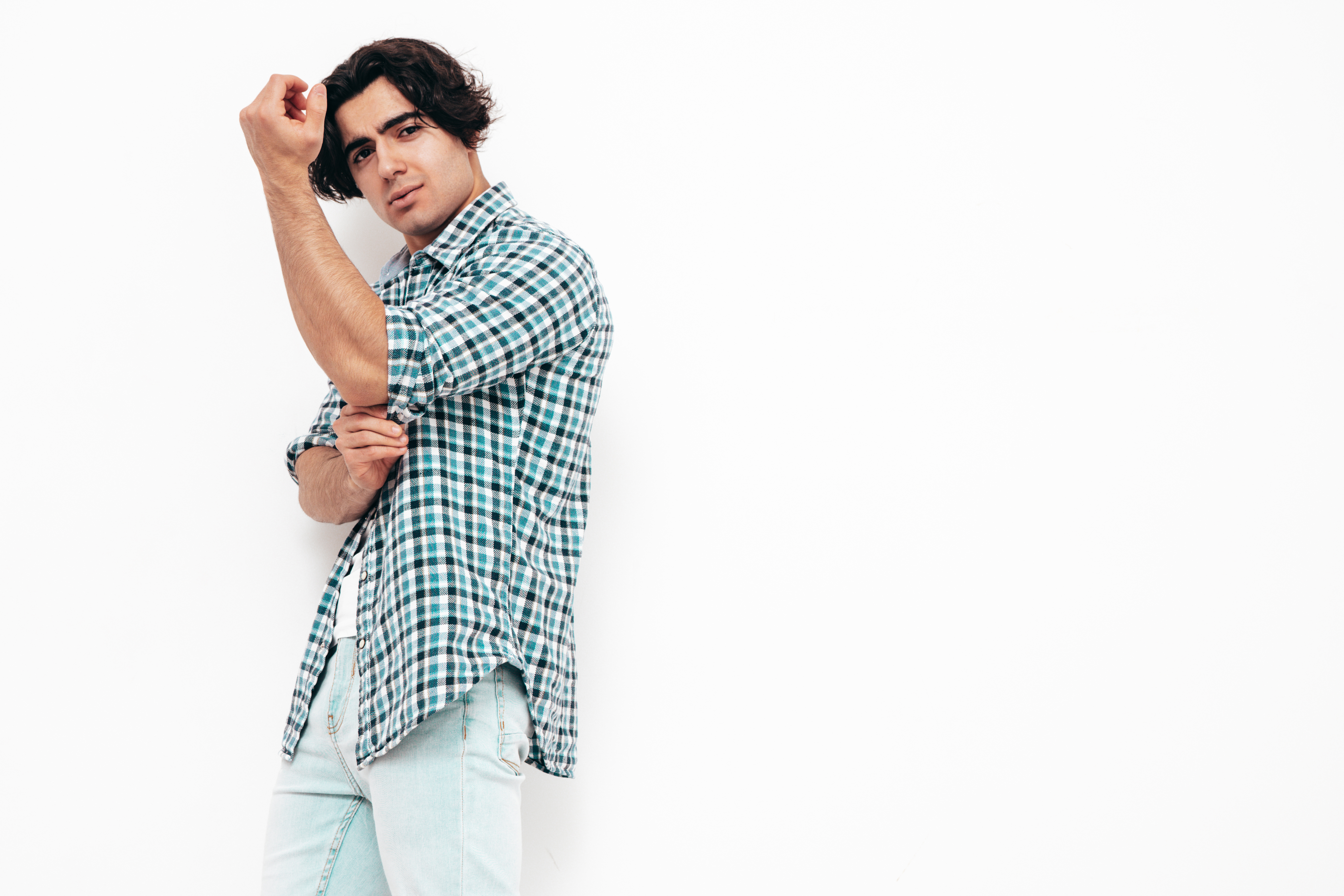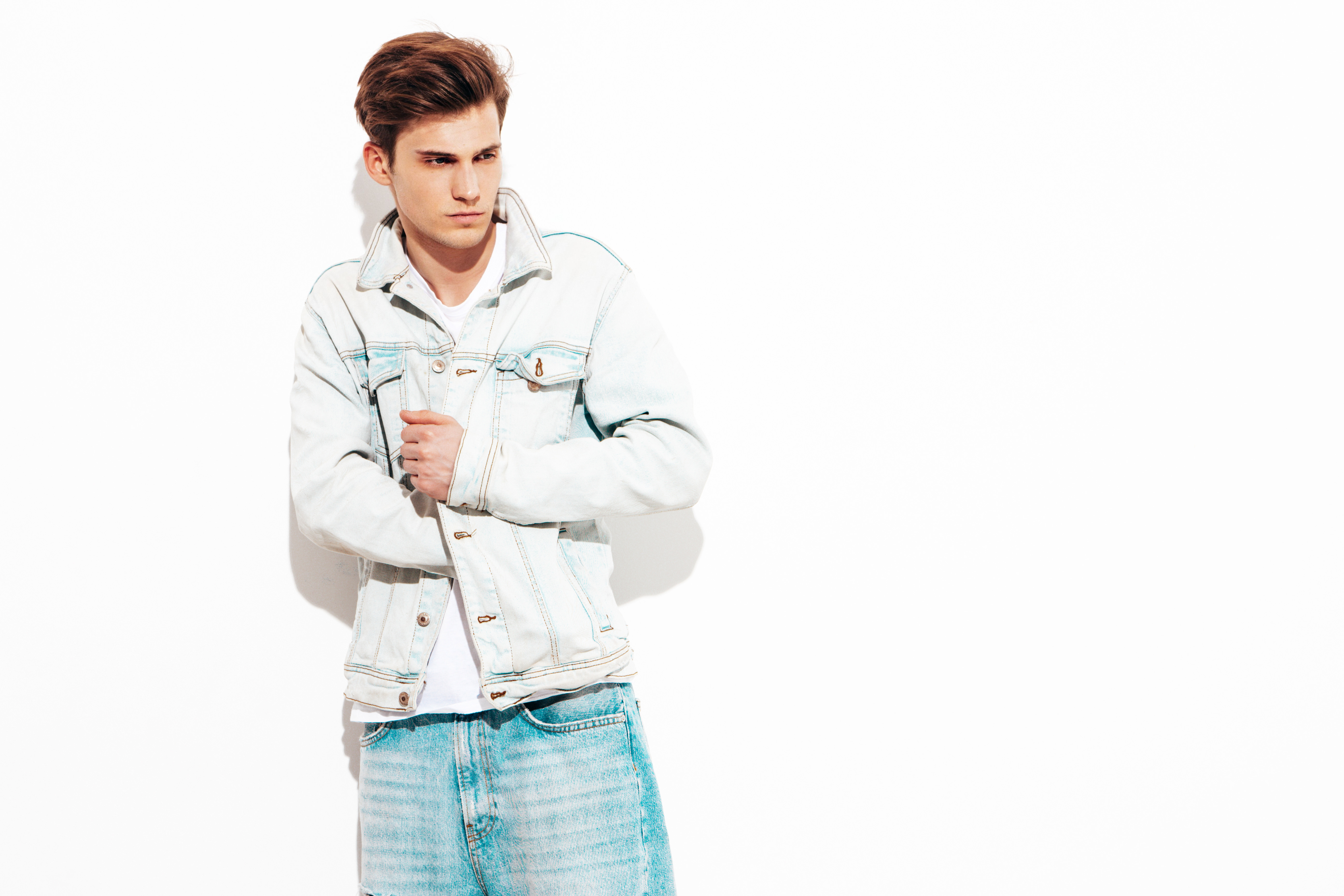
Fashion as a Form of Storytelling: How Your Clothes Speak for You
Every day, you wake up and make a decision that tells the world something about you—what to wear. Fashion is more than fabric, colors, and patterns; it’s a language. Whether intentional or not, the clothes we choose tell stories about our personalities, beliefs, and aspirations. In this blog, we’ll explore how fashion serves as a form of storytelling and how you can use it to craft a narrative that’s uniquely yours.
Fashion and Identity
What you wear often communicates who you are, even before you say a word. Consider these examples:
- Cultural Identity: Traditional attire like Scotland’s kilts, India’s lehengas, or Nigeria’s agbada reflects deep-rooted histories and cultural pride.
- Subcultures: Punk fashion with studded leather and plaid speaks to rebellion and individuality, while athleisure conveys a modern, active lifestyle.
- Profession and Purpose: A crisp suit suggests professionalism, while a chef’s uniform signals their role in creating culinary art.
Fashion is a tool to express identity, aligning the external with the internal. The beauty of this lies in its versatility—your wardrobe can evolve with you, reflecting different chapters of your life.
The Stories Behind Your Clothes
Every item of clothing you own has a story, whether it’s tied to where you bought it, how it was made, or why it holds sentimental value. Here’s how clothing becomes a part of your personal narrative:
-
Memories Woven Into Fabric
The sweater you wore on your first date, the concert tee from your favorite band, or the hand-me-down dress from your grandmother—all these items carry emotional weight. -
Cultural Significance
Embroidered patterns, specific fabrics, or unique cuts often tell stories of heritage and craftsmanship. Many garments reflect a lineage of traditions passed down through generations. -
Sustainable Choices
Opting for ethical and sustainable brands or upcycling old clothes can also tell a story about your values and commitment to a better future.
Using Fashion to Tell Your Story
Crafting your narrative through fashion doesn’t mean buying a new wardrobe—it means intentionally choosing pieces that resonate with who you are or who you want to become. Here are some tips:
-
Understand Your Style Archetype
Are you a romantic drawn to flowing fabrics and pastel hues, a minimalist who thrives on neutrals, or a maximalist who loves bold patterns and layered looks? Identifying your style archetype helps you express your personality clearly. -
Incorporate Statement Pieces
Statement pieces—like a vintage leather jacket, a vibrant scarf, or custom-made jewelry—are conversation starters. They often reveal something unique about your taste or experiences. -
Mix Old and New
Pairing a modern outfit with a vintage accessory or heirloom piece creates a bridge between past and present. This blending adds depth to your style. -
Dress for the Occasion
Clothes can be a tool to align yourself with a specific goal or mood. Dressing confidently for a job interview or playfully for a night out with friends helps you embody the moment. -
Let Color Speak
Colors evoke emotions and make impressions. Wearing red can convey passion and power, while blue often symbolizes calmness and trustworthiness. Choose colors that reflect how you want to be perceived.
The Role of Fashion in Society
Fashion also tells collective stories. Designers use runways to comment on societal issues, celebrate diversity, or challenge norms. For example:
- The rise of gender-neutral clothing reflects evolving ideas about identity.
- Sustainable fashion campaigns highlight the importance of environmental stewardship.
- Inclusivity in fashion—whether through adaptive clothing or plus-size collections—acknowledges the beauty of all bodies.
Your wardrobe is part of this broader conversation. Supporting brands and trends that align with your values allows you to participate in shaping society’s narrative.
Evolving Your Story
As your life changes, so will your fashion story. The edgy looks you loved as a teenager might give way to professional elegance or casual practicality as an adult. Embracing this evolution isn’t about abandoning who you were but about layering new chapters onto your style journey.
Keep experimenting, updating, and refining. After all, fashion is fluid—it adapts as you do.
Conclusion
Fashion isn’t just about clothing; it’s a canvas for self-expression, a bridge to culture, and a tool for storytelling. Whether through a quirky accessory, a sentimental keepsake, or a bold new trend, your wardrobe has the power to tell a story only you can create. So, next time you open your closet, think about what story you want to tell and wear it with pride. Your clothes speak—make sure they’re saying something meaningful.


